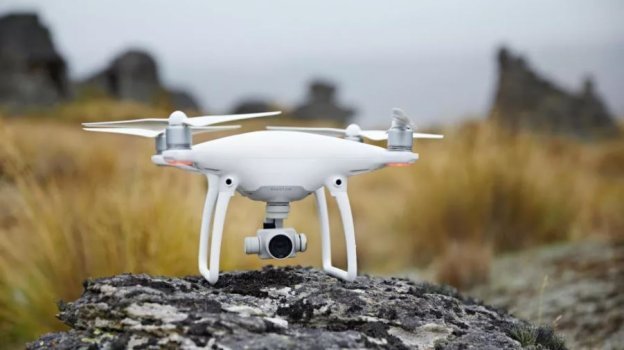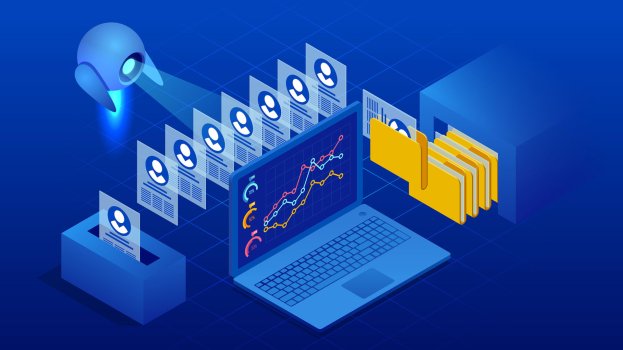The 3 Principals of Building Anti-Bias AI
- Technology Solutions
- 0 Replies
In April of 2021, the U.S. Federal Trade Commission — in its “Aiming for truth, fairness, and equity in your company’s use of AI” report — issued a clear warning to tech industry players employing artificial intelligence: “Hold yourself accountable, or be ready for the FTC to do it for you.” Likewise, the European Commission has proposed new AI rules to protect citizens from AI-based discrimination. These warnings, and impending regulations, are warranted.
Machine learning (ML), a common type of AI, mimics patterns, attitudes and behaviors that exist in our imperfect world, and as a result, it often codifies inherent biases and systemic racism. Unconscious biases are particularly difficult to overcome, because they, by definition, exist without human awareness. However, AI also has the power to do precisely the opposite: remove inherent human bias and introduce greater fairness, equity and economic opportunity to individuals on a global scale. Put simply, AI has the potential to truly democratize the world.
AI’s reputation for reflecting human bias
Just as a child observes surroundings, sees patterns and behaviors and mimics them, AI is susceptible to mirroring human biases. So, tech companies, like parents, carry the weighty responsibility of ensuring that racist, sexist and otherwise prejudiced thinking isn’t perpetuated through AI applications.
Unfortunately, AI’s unsavory reputation in that respect has been rightly earned. For example, in January of 2021, the entire Dutch government resigned after it was revealed that it used a biased algorithm to predict which citizens would be most likely to wrongly claim child benefits, which forced 26,000 parents (many selected due to their dual nationalities) to pay back benefits to the tax authority without the right to appeal.
Continue reading: https://www.entrepreneur.com/article/389964
Machine learning (ML), a common type of AI, mimics patterns, attitudes and behaviors that exist in our imperfect world, and as a result, it often codifies inherent biases and systemic racism. Unconscious biases are particularly difficult to overcome, because they, by definition, exist without human awareness. However, AI also has the power to do precisely the opposite: remove inherent human bias and introduce greater fairness, equity and economic opportunity to individuals on a global scale. Put simply, AI has the potential to truly democratize the world.
AI’s reputation for reflecting human bias
Just as a child observes surroundings, sees patterns and behaviors and mimics them, AI is susceptible to mirroring human biases. So, tech companies, like parents, carry the weighty responsibility of ensuring that racist, sexist and otherwise prejudiced thinking isn’t perpetuated through AI applications.
Unfortunately, AI’s unsavory reputation in that respect has been rightly earned. For example, in January of 2021, the entire Dutch government resigned after it was revealed that it used a biased algorithm to predict which citizens would be most likely to wrongly claim child benefits, which forced 26,000 parents (many selected due to their dual nationalities) to pay back benefits to the tax authority without the right to appeal.
Continue reading: https://www.entrepreneur.com/article/389964
























